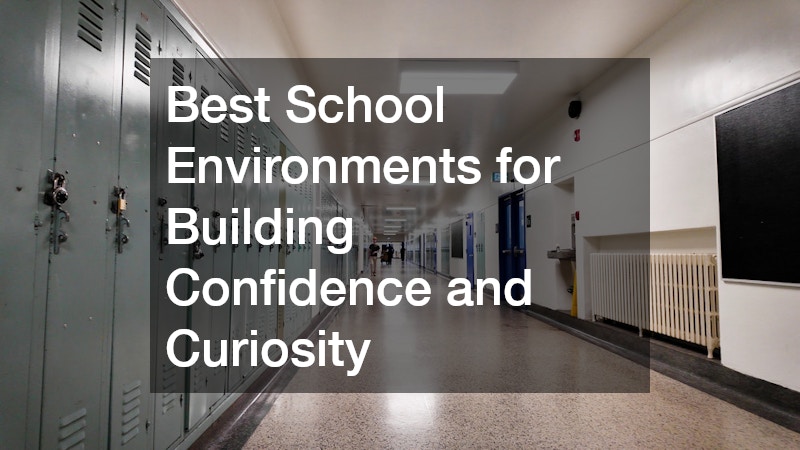Creating the best school environment goes far beyond academics—it’s about cultivating spaces where students feel safe to explore, question, and grow. The best school encourages both confidence and curiosity, offering students opportunities to discover their passions while building essential life skills. From toddler programs that nurture early learning to a preschool center that introduces structure, and later, to a best private high school that challenges students academically, each stage plays a critical role in shaping who a child becomes.
A strong school environment also relies on the support of teachers, parents, and the community. With resources like engaging classrooms, thoughtful curriculum design, extracurricular activities, and even online soccer coaching, schools can provide a holistic education that reaches beyond the classroom. Meanwhile, related services such as quality day care and accessible family doctors contribute to a child’s stability and wellness—key foundations for confidence. This article explores what defines the best school environments and how these principles can extend from early childhood programs to advanced academic institutions, preparing students for success in every area of life.
What Characteristics Define a Supportive School Environment?
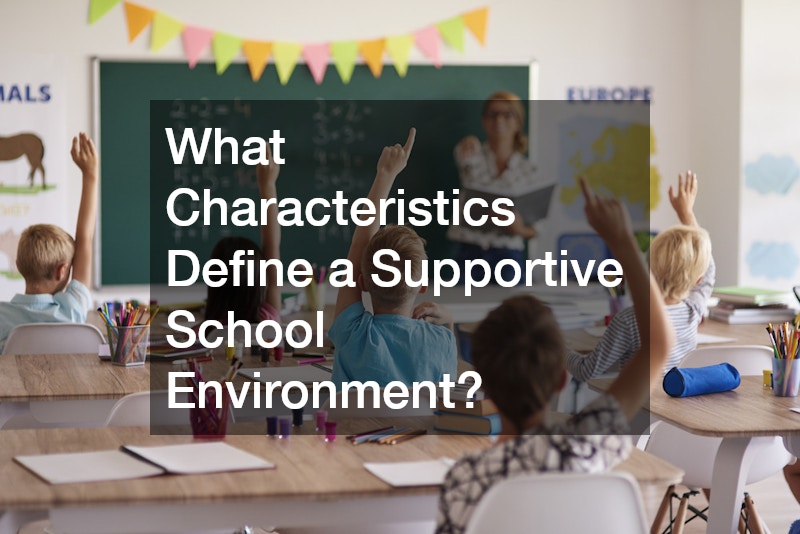
Importance of Positive Relationships
A supportive school begins with strong, positive relationships. Students thrive when they feel seen, heard, and valued by teachers and peers. In the best school, educators build trust through consistent communication, encouragement, and fairness. When children feel emotionally secure, they’re more likely to take academic risks, voice their opinions, and engage deeply in learning. This relational foundation can start early in settings like day care or a preschool center, where empathy and cooperation are taught through everyday interactions. Over time, these lessons extend into more complex social settings, preparing students to collaborate, lead, and problem-solve with confidence.
Role of Encouraging Educators
Encouraging educators are the cornerstone of a thriving learning environment. Teachers in the best school know how to balance structure with flexibility, guiding students without stifling creativity. They use diverse teaching methods—visual, auditory, kinesthetic—to reach every learner. Educators who celebrate curiosity help students embrace challenges rather than fear them. This support continues across all ages, from toddler programs that introduce foundational skills to best private high schools where advanced learners are pushed to think critically and independently. Teachers who foster self-belief help students carry that confidence beyond the classroom.
How Does Classroom Layout Affect Student Confidence?
Open vs. Traditional Classroom Designs
The layout of a classroom influences how students interact with their environment and one another. The best school design allows for both open collaboration and focused, individual learning. Open-concept classrooms can encourage teamwork and communication, while traditional setups often support concentration and order. A balanced approach—where spaces can be rearranged for different activities—gives students agency over how they learn. This flexibility fosters confidence by letting students choose the setting that suits them best. Whether it’s a day care play area or a high school science lab, adaptable design helps every learner feel included.
Accessibility of Resources
When students can easily access learning materials, their sense of independence grows. In the best school settings, resources like books, technology, and art supplies are organized intuitively, empowering students to explore at their own pace. Even at the toddler or preschool level, accessible environments teach self-reliance—children learn to retrieve and return items, make choices, and manage small responsibilities. By the time they reach a best private high school, students who’ve had these experiences are more confident in navigating libraries, labs, and digital tools. Accessibility reinforces equality and promotes curiosity-driven exploration.
What Role Does Curriculum Play in Fostering Curiosity?
Hands-On Learning Opportunities
Hands-on learning helps curiosity come alive. The best school curriculum includes experiments, projects, and interactive experiences that turn abstract ideas into real-world understanding. Whether students are gardening in science class, building models, or exploring through art, tactile engagement strengthens memory and sparks interest. Early education programs such as day care and toddler programs can incorporate sensory play that stimulates curiosity from the start. By the time students reach high school, they’ve developed an instinct to ask questions, investigate outcomes, and see learning as an active process rather than a passive task.
Integration of STEAM Subjects
The integration of STEAM—science, technology, engineering, arts, and math—has become a hallmark of the best school programs. By blending creativity with technical thinking, STEAM allows students to approach challenges from multiple angles. For instance, a preschool center might introduce basic engineering concepts through block play, while a best private high school might teach robotics or digital art. STEAM education encourages curiosity through experimentation and shows students that innovation comes from combining imagination with logic. Schools that emphasize this balance often produce confident, adaptable thinkers ready for the modern world.
How Important Is Extracurricular Activities for Student Development?
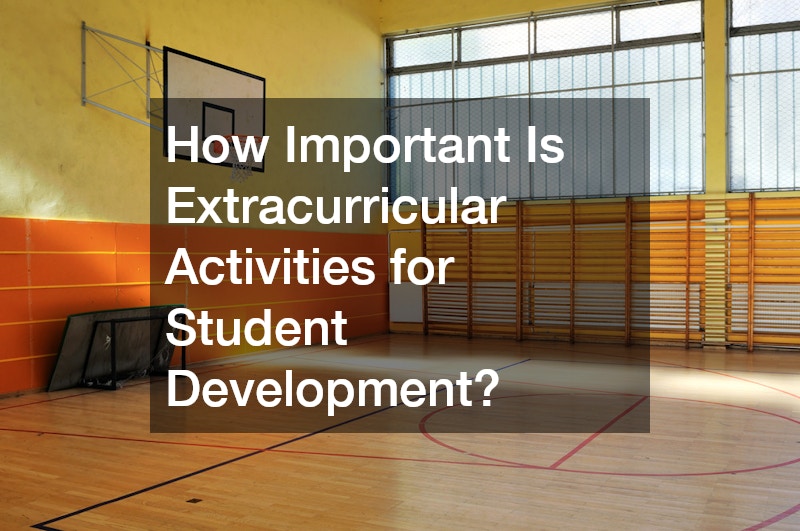
Variety of Options Available
Extracurricular programs play a major role in shaping well-rounded students. The best school offers a variety of clubs, sports, and creative outlets so every child can find something that resonates. Activities like acro dance class, debate team, or robotics club encourage discipline, teamwork, and exploration outside the classroom. Early participation—starting in day care programs that include music or art—helps children discover their interests early. As they grow, these experiences foster a sense of purpose and belonging, reinforcing that school isn’t just about grades—it’s about developing one’s identity.
Building Teamwork and Leadership Skills
Sports, arts, and community service opportunities provide essential lessons in teamwork and leadership. A best school environment encourages students to collaborate, listen, and lead with empathy. Whether through online soccer coaching or in-person activities, these programs build confidence and teach the value of accountability. At a preschool center, group play introduces cooperation; by high school, students are organizing clubs and mentoring peers. These experiences mirror real-world challenges, showing young people that leadership is about connection, communication, and courage.
How Can Teachers Create a Culture of Curiosity?
Techniques for Encouraging Questions
Teachers set the tone for curiosity by showing that every question matters. In the best school environments, educators encourage inquiry through open-ended prompts, reflection journals, and class discussions. Instead of focusing solely on the “right” answer, they guide students to explore why and how things work. This helps children feel confident that their thoughts have value, even if they’re still figuring things out. In early settings like day care or toddler programs, teachers who invite children to ask “why” and “what if” build foundational critical-thinking skills that carry through to high school and beyond.
Celebrating Mistakes as Learning Opportunities
In a truly supportive classroom, mistakes aren’t sources of shame—they’re stepping stones. The best school culture frames errors as part of the learning journey, teaching students to analyze what went wrong and try again. When teachers share their own learning experiences or laugh off small missteps, they model resilience and self-compassion. This approach encourages risk-taking and curiosity, as students understand that progress often involves trial and error. Even activities like acro dance class or online soccer coaching reinforce this idea: mastery only comes through practice, patience, and persistence.
What Impact Does Peer Interaction Have on Confidence Levels?
Importance of Social Skills Development
Peer interaction plays a major role in building social confidence. The best school prioritizes group learning opportunities that teach empathy, communication, and respect. Through structured play, group projects, and shared problem-solving, students learn to navigate relationships effectively. In toddler programs, social skills like sharing and cooperation are introduced early. By the time students reach a best private high school, these abilities help them collaborate on complex projects and manage social dynamics with maturity. Healthy peer relationships help children feel supported, valued, and confident in their unique strengths.
Role of Group Activities in Building Relationships
Group activities strengthen the bonds that make school communities thrive. The best school designs its curriculum to include both academic and recreational collaboration—science fairs, sports teams, arts showcases, and community service all bring students together around shared goals. For example, online soccer coaching can connect students across locations, fostering teamwork even in virtual settings. Similarly, group participation in an acro dance class builds mutual trust and synchronization. These experiences enhance confidence because students see firsthand how their individual contributions matter to a collective outcome.
How Do Parental Involvement and Community Support Influence Schools?
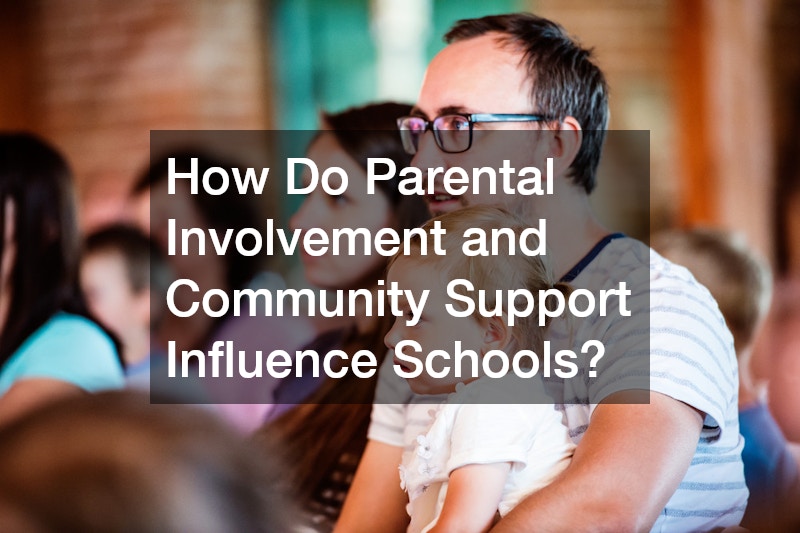
Building Strong Home-School Connections
A child’s confidence and curiosity grow when home and school environments are aligned. The best school encourages regular communication between teachers and parents through conferences, updates, and collaborative goal-setting. Parents who reinforce classroom lessons at home help solidify learning and show children that education is valued. This connection begins in day care or toddler programs, where caregivers and families coordinate to maintain consistency in routines and expectations. When students sense that their community believes in them, their motivation and self-esteem rise dramatically.
Community Programs That Support Schools
Strong schools are built on community partnerships. The best school environment often includes collaborations with local businesses, healthcare providers, and recreation programs. Family doctors contribute by ensuring students are healthy and ready to learn, while community centers might host extracurriculars like online soccer coaching or after-school tutoring. Even partnerships with local institutions—such as a community banking service—can support financial literacy programs, teaching older students real-world money management skills. Specialized services like those discussing the average cost of a surrogate reflect a broader ecosystem that supports families through every stage of life. When communities invest in education, schools can offer more resources, more opportunities, and more individualized support.
Impact of Parent Engagement on Student Performance
Parent engagement doesn’t just improve grades—it shapes a child’s entire outlook on learning. The best school consistently involves parents in classroom activities, volunteer programs, and decision-making committees. Children who see their parents participating feel proud and motivated. They learn that curiosity is a family value and that education is a shared pursuit. Whether attending preschool center events or high school performances, engaged parents model lifelong learning, turning school into a partnership rather than an obligation.
What Is the Significance of Emotional and Mental Well-Being in Schools?
Mental Health Awareness Programs
Mental health support is integral to student success. The best school recognizes that emotional wellness affects every aspect of learning and social development. Programs that teach mindfulness, coping strategies, and empathy help students manage stress and anxiety. Even younger children in day care and toddler programs benefit from emotional regulation exercises—deep breathing, storytelling, or sensory play that soothes and centers them. As students grow older, access to counselors and open discussions about mental health normalize self-care and reduce stigma, making curiosity and confidence easier to sustain.
Support Systems for Students
Support systems ensure no student feels invisible. The best school employs trained staff—counselors, aides, and mentors—who can identify when students need extra help. Whether it’s academic struggles or personal challenges, having a network of caring adults makes a tremendous difference. Collaborations with family doctors or school nurses also ensure physical health needs are met. By addressing the whole child, not just academic performance, schools empower students to focus, engage, and grow. A nurturing support system builds the foundation for lifelong resilience.
Creating a Culture of Openness and Understanding
When schools create open environments where emotions are acknowledged, students learn empathy and compassion. The best school culture celebrates diversity and invites honest conversations about identity, differences, and life challenges. Teachers and administrators model vulnerability and understanding, showing that strength comes from authenticity. These environments become safe havens where students feel comfortable sharing thoughts, experimenting with ideas, and being themselves. Emotional safety enhances intellectual curiosity, proving that mental wellness and academic success go hand in hand.
How Can Assessment Methods Enhance Confidence and Curiosity?
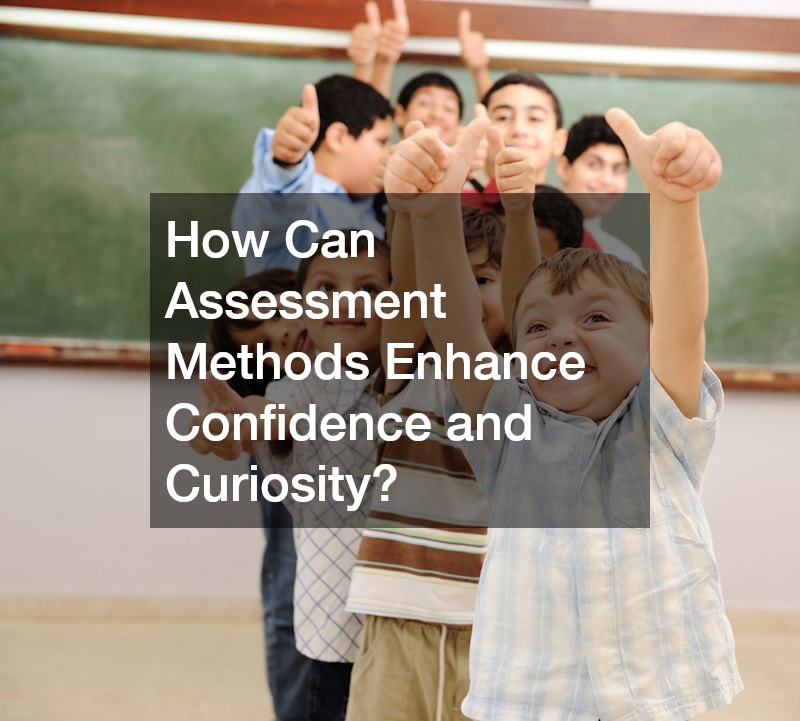
Formative vs. Summative Assessments
Assessment shapes how students perceive their abilities. The best school balances formative and summative methods to encourage steady growth rather than fear of failure. Formative assessments—like class discussions, journals, or quick check-ins—offer real-time feedback without heavy pressure. Summative assessments, such as projects and exams, evaluate progress but should emphasize learning outcomes over perfection. When children experience fair, transparent evaluations, they develop the confidence to take ownership of their progress and the curiosity to keep improving.
Feedback That Encourages Growth
Feedback is one of the most powerful tools in education. The best school uses feedback to inspire, not discourage. Constructive comments focus on effort, creativity, and potential rather than solely on mistakes. Teachers who personalize feedback—especially in early education like toddler programs or preschool centers—help children internalize positive messages about their capabilities. When students trust that assessments are designed to help them grow, they’re more likely to stay curious, motivated, and engaged in their learning journey.
Incorporating Self-Assessment Techniques
Self-assessment teaches students reflection, accountability, and self-awareness. In the best school setting, learners regularly evaluate their progress, set goals, and celebrate small wins. This practice helps them connect their effort with outcomes, reinforcing confidence in their abilities. Younger children might track daily achievements through visual charts, while older students in a best private high school might use journals or portfolios. Encouraging self-assessment transforms learning into a collaborative process between teacher and student, empowering kids to take charge of their education.
The best school environment is one that shapes both the mind and the heart. It nurtures confidence through encouragement, structure, and positive relationships, while fueling curiosity through exploration, creativity, and choice. From the earliest days in day care to advanced learning at a best private high school, students benefit from supportive teachers, accessible resources, and communities that care about their growth.
